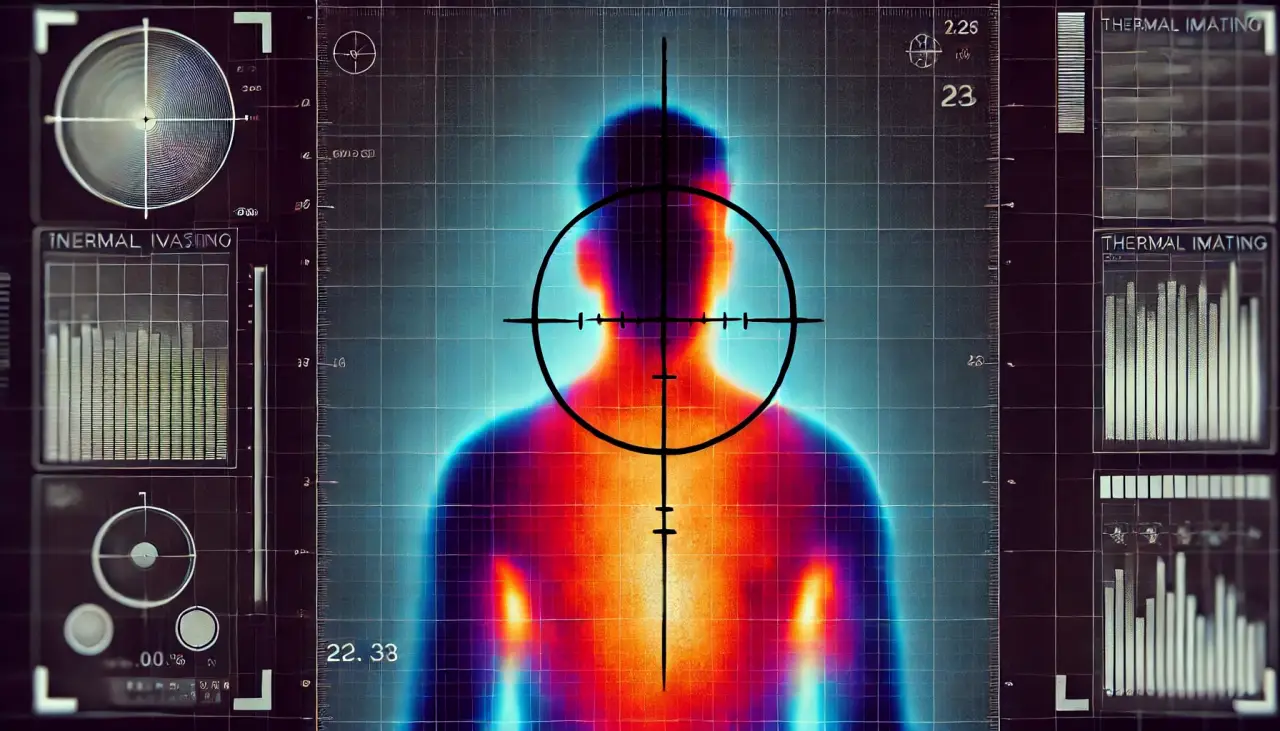When thinking of deadly animals, sharks, crocodiles, and venomous snakes often come to mind. Surprisingly, the deadliest creature isn’t a fearsome predator but a tiny, seemingly harmless pest.
Mosquitoes top the list of killers and are responsible for over 700,000 deaths annually, according to the World Health Organization (WHO). These tiny insects silently spread life-threatening diseases, making them far deadlier than any large predator.
Far more dangerous than popular threats like sharks, mosquitoes spread life-threatening diseases that disproportionately affect regions like Africa and Southeast Asia.
Mosquitoes transmit illnesses such as malaria, dengue, and Zika, making them the leading cause of vector-borne diseases worldwide. Malaria alone accounts for a significant portion of mosquito-related deaths, with African nations bearing 96% of the global toll. Meanwhile, dengue fever poses a growing concern in Southeast Asia, particularly during monsoon seasons when mosquito breeding escalates.
Other surprisingly deadly animals also massively impact human lives. Freshwater snails, which carry parasitic diseases like schistosomiasis, cause 200,000 deaths per year. Similarly, saw-scaled vipers account for 138,000 fatalities annually, primarily through snakebite-related complications. Even tiny assassin bugs and roundworms claim thousands of lives every year.
World’s Deadliest Creatures by the Numbers
- Mosquitos: 700,000 deaths per year
- Freshwater snails: 200,000 deaths per year
- Saw-scaled viper: 138,000 deaths per year
- Assassin bugs: 10,000 deaths per year
- Scorpions: 2,600 deaths per year
- Ascaris roundworms: 2,500 deaths per year
- Saltwater crocodiles: 1,000 deaths per year
- Elephants: 500 deaths per year
- Hippopotamus: 500 deaths per year
How Mosquitoes Always Find You
Conducted by scientists at the University of California Santa Barbara, a study shows that mosquitoes detect infrared radiation emitted by human skin, in addition to relying on cues like CO2 from our breath and body odors.
This discovery helps explain why exposed skin is a magnet for mosquito bites and why loose-fitting clothing can provide protection. The study also identified a temperature-sensitive protein, TRPA1, in mosquito antennae as the key to infrared sensing.
Published in Nature, this research opens the door to innovative mosquito defense strategies, including traps that mimic human skin temperatures to lure mosquitoes. With mosquitoes responsible for over 600,000 deaths annually due to diseases like malaria, dengue, and Zika virus, this could be a vital step toward reducing the global burden of mosquito-borne illnesses.
How to Protect Yourself From Mosquitoes
Preventing mosquito bites is key to avoiding diseases like malaria and dengue. WHO recommends practical steps to reduce mosquito breeding and human contact:
•Eliminate standing water from gutters, potted plants, and unused containers weekly.
•Secure trash in sealed bags and ensure regular waste collection.
•Cover water storage containers tightly or use fine mesh to prevent mosquito access.
•Wear long-sleeve clothing, use insect repellents, and sleep under mosquito nets.
•Fit windows and doors with screens and consider using insecticide sprays indoors.
Simple lifestyle adjustments and vigilant monitoring can help individuals significantly reduce exposure to mosquitoes, especially in regions prone to outbreaks.
Humans vs. Mosquitoes: Who’s Deadlier?
Interestingly, humans come close to rivaling mosquitoes in fatality numbers. According to a BBC report, nearly half of all wild animals are threatened with extinction because humans use about a third of them for food, medicine, or pets. Humans have always dominated the food chain, but this is the first time that researchers have quantified this dominance, claiming that our impact is up to 300 times greater than that of the top predators. However, mosquitoes surpass this figure, making them the undisputed leader of human fatalities caused by animals.
Even more alarming, diseases like COVID-19 and air pollution—indirectly caused by humans—highlight the complex interplay between human activity and mortality. Still, the mosquito remains the world’s deadliest creature, cementing its reputation as the silent killer in backyards and beyond.
From the seemingly harmless mosquito to venomous snakes and even freshwater snails, the animal kingdom’s deadliest threats often hide in plain sight. Understanding and mitigating these dangers is crucial to saving lives and reducing their devastating impact.














